Keeping indoor plants alive is not a walk in the park. We’ve all been there – that feeling of guilt after accidentally killing your favorite houseplant. But don’t worry, fellow plant killers, we’ve got your back! One of the easiest ways to ensure your plants thrive is by opting for low-light indoor plants. And just because they don’t need a lot of sunlight doesn’t mean they’re low maintenance. There are still plenty of factors to consider when it comes to their survival. But fear not, we’re here to help!
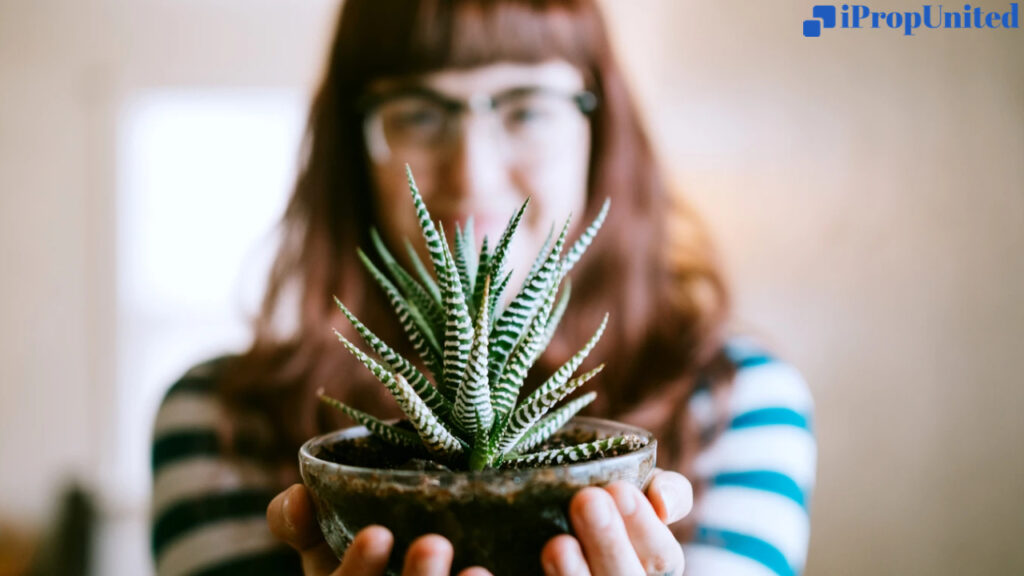
If you’re looking for low-light plants that can survive with little to no direct sunlight, then snake plants and lucky bamboo plants are your go-to options. And if you’re a fan of large plants, parlor palms, and ficus benjamina trees are perfect choices to add some greenery to your space. But if you’re new to the plant-parenting game, we suggest starting out with something easy like a spider plant or pothos to get the hang of it before moving on to more advanced options.
Still not sure which low-light indoor plant is right for you and your home? We’ve got you covered with a list of 10 of the best low-light plants, complete with their care needs, pros, and cons. So, let’s get potting and turn your space into a green oasis!
Snake Plant
I got myself The snake plant back in July 2020, and it’s still thriving—even in its original upcycled planter. I got a plant because I wanted to add a little bit of color and life to my apartment, but I didn’t want to spend more than a few minutes here and there taking care of it. I literally water it every six to eight weeks, and that’s more than enough. If you have pets, you may want to keep them away from your snake plant because, although it’s not fatally poisonous, ingesting even a few bites can make your cats and dogs sick.

Water: Every two to three weeks, allowing soil to dry out between waterings
Pros & Cons
- Drought tolerant
- Needs water only once a month or so
- Toxic to pets
Rabbit’s Foot Fern
Hey there! If you’re looking for a charming and easy-to-care-for plant, the Rabbit Foot Fern might just be the one for you! With its fronds resembling the shape of a rabbit’s foot (a well-known symbol of good luck), this plant will thrive in a spot with indirect light and plenty of humidity. If you have a window in your bathroom, that’s the perfect location. Just make sure to keep it away from direct sunlight since that can scald the leaves. Happy planting!
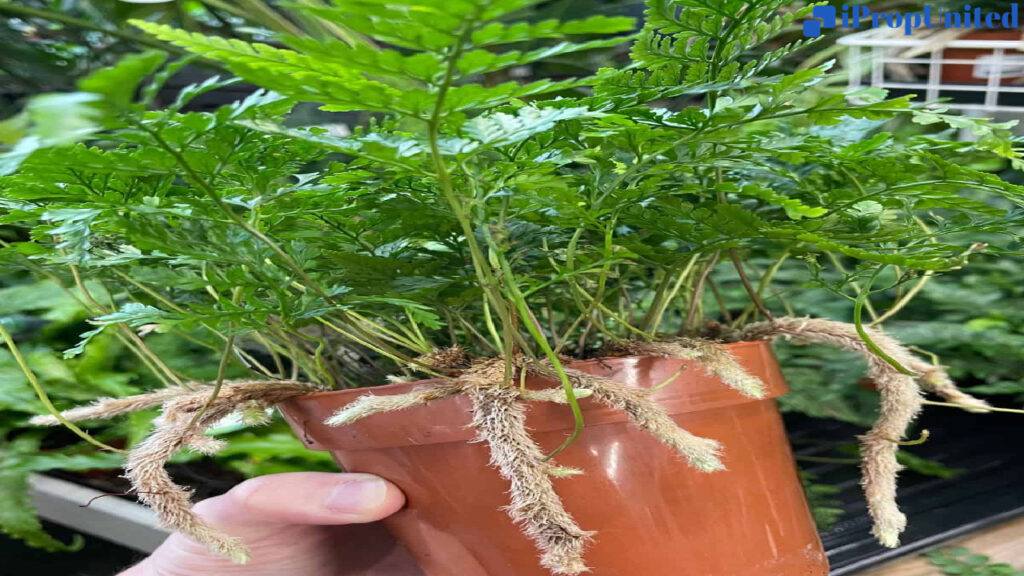
Water: Once a week
Pros & Cons
- Safe for pets
- Direct light will burn the leaves
- Great for plant beginners
Prayer Plant
The prayer plant is pretty cool. Its leaves open and close depending on the time of day, like it’s saying good morning and good night. But don’t worry, it’s not too high maintenance. You can keep it alive pretty easily, and it even cleans the air for you! Just water it when the top of the soil is dry.
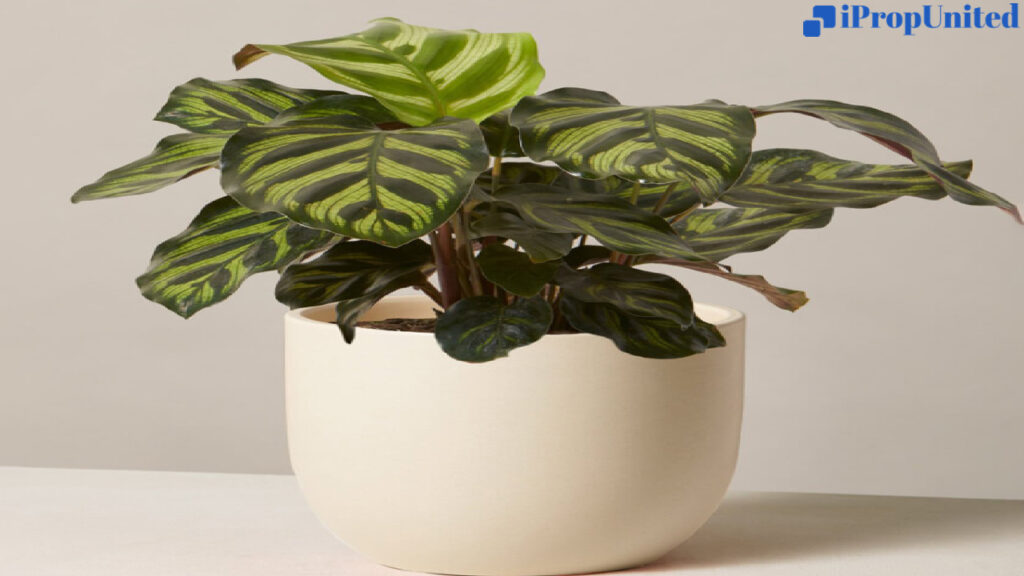
Water: Every two weeks
Pros & Cons
- Pet friendly
- Improves air quality
- Easy to overwater
Parlor Palm
This plant, also known as the Victorian parlor palm, is super tough. And, who wouldn’t love those pretty leaves that liven up any boring corner of your home? It’s cool with medium light, but it can chill in lower light areas too. Though it likes a good amount of humidity, you can water it just a little bit. Every two weeks is more than enough. Also, it’s safe for your pets.
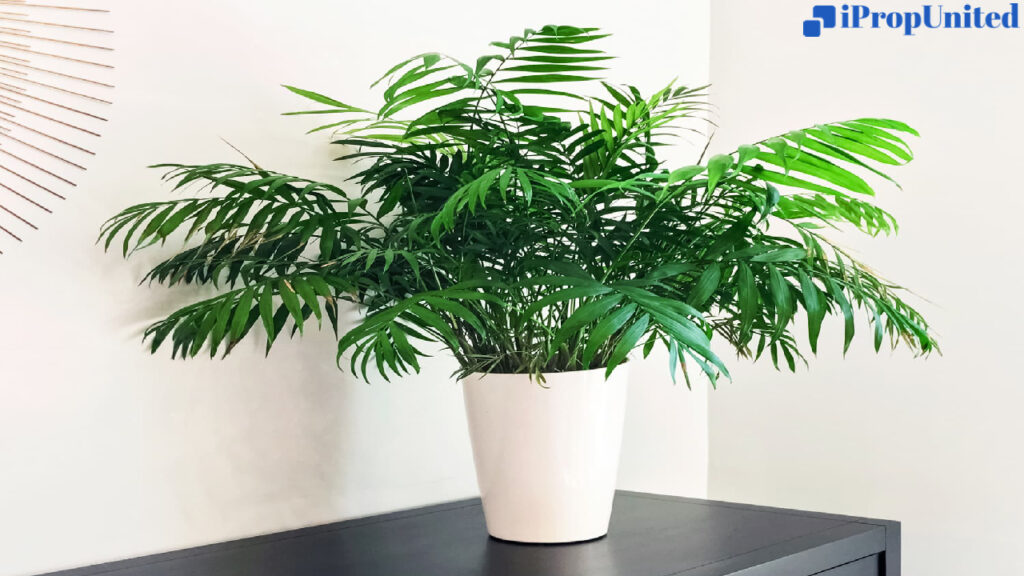
Water: Every one to two weeks
Pros & Cons
- Low-maintenance watering schedule
- Resilient
- Pet friendly
- Needs lots of humidity
Aglaonema Wishe
This plant is super tough and can survive in low light. You only need to fertilize it once or twice a year, which makes it perfect for beginner gardeners. It doesn’t even need natural light to grow! Artificial light will do just fine. However, it likes dry air, so don’t put it in your bathroom. Unfortunately, it’s toxic to pets like cats, dogs, and horses, so keep it far away from your furry friends.
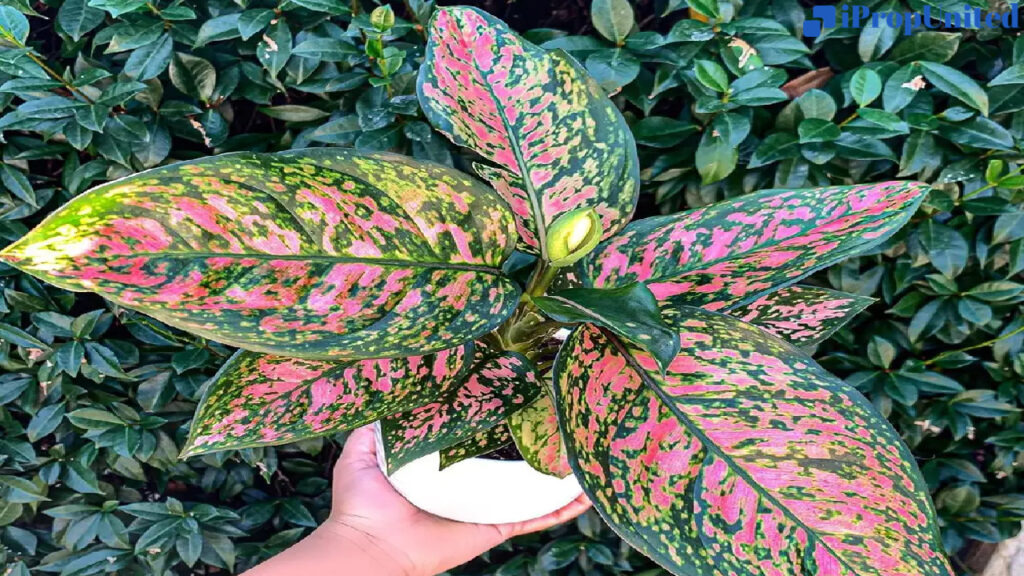
Water: Once every seven to 10 days
Pros & Cons
- Thrives in bright, indirect light
- Includes beautiful potter
- Toxic to cats, dogs, and horses
Lucky Bamboo
Lucky bamboo is said to bring good luck and fortune. It’s a pretty low-maintenance plant and can survive in both bright and shady areas. One of the coolest things about it is that it purifies the air by removing harmful chemicals like benzene, trichloroethylene, and formaldehyde. Plus, it also acts as a natural humidifier. But be careful if you have pets, because lucky bamboo is toxic to cats and dogs. You don’t want your fur babies getting sick, so just make sure to keep your lucky bamboo out of their reach.
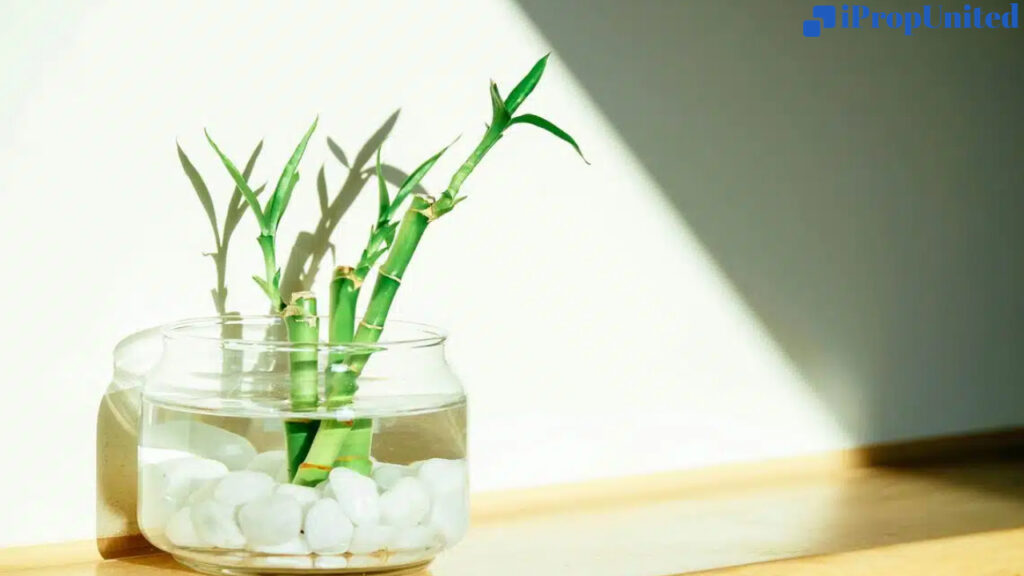
Water: Once a week, enough to cover the roots
Pros & Cons
- Comes in white ceramic pot
- Purifies air and adds humidity
- Thrives in light shade and indirect sunlight
- Toxic to pets
- Only 30-day returns
Ficus Benjamina
This tree grows fast and makes any room look lively. Water it well and keep it in a deep pot with soil that drains well. Give it a good drink when the top few inches of soil are dry. It likes indirect light, so put it in a corner with some diffuse light instead of a window. Just a heads up, the ficus tree is toxic to cats and dogs.
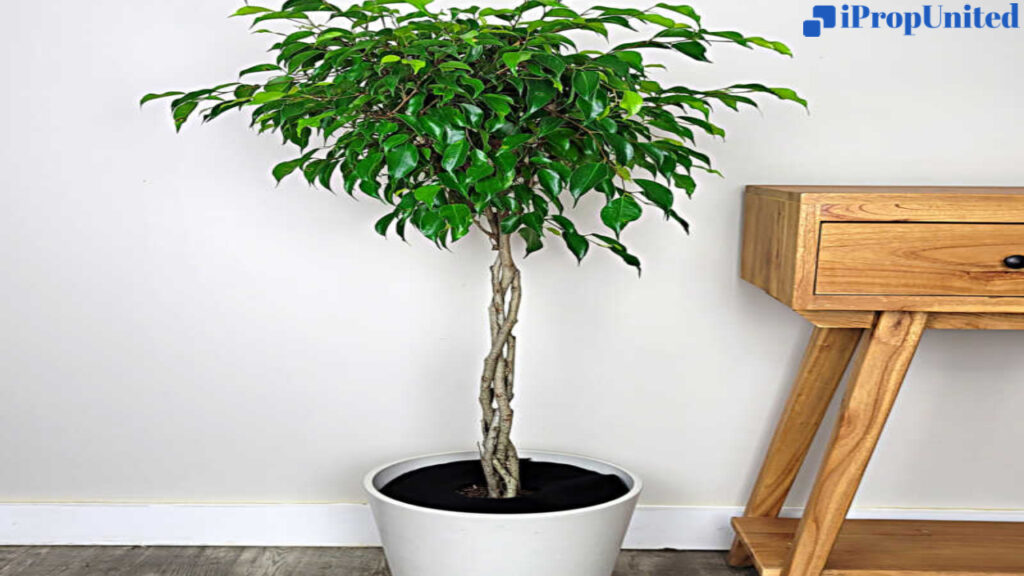
Water: Two to three times a week
Pros & Cons
- Thrives in bright, indirect light
- Arrives up to three feet tall
- Toxic to pets
- No delivery to Arizona
Bromeliad Plant
Who would’ve thought a tropical plant could make it to the list? But the thing is, this houseplant can survive only on fluorescent light and loves humid places like bathrooms. And the best part? They can grow on the ground, on rocks, or even on other plants and trees. Isn’t that just awesome? And the cherry on the top, they’re friendly for your pet cats and dogs, so it’s definitely one of our favorite plants out there!
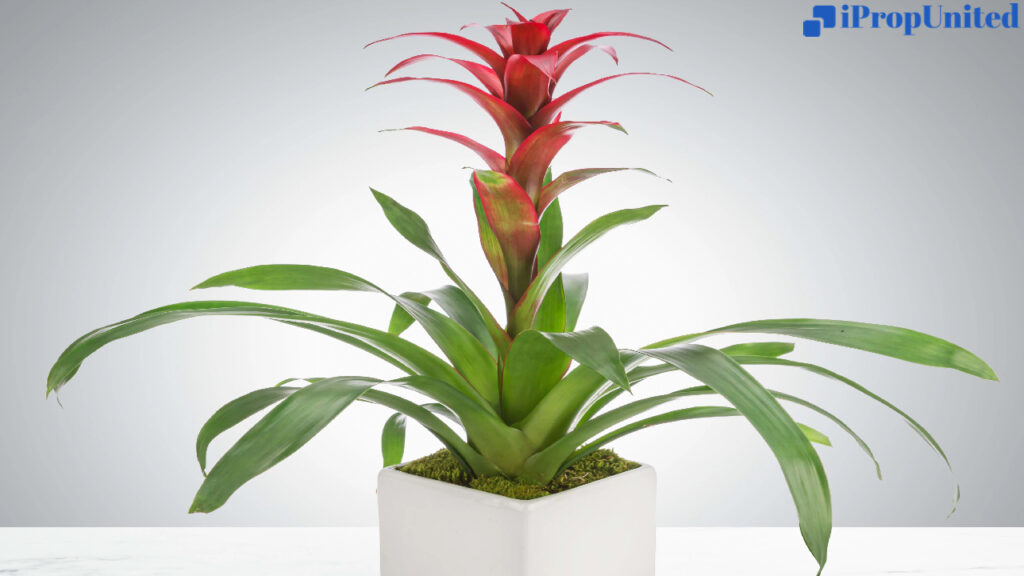
Water: When soil is dry, about once a week
Pros & Cons
- Planted in premium soil with fertilizer
- Ships in lightweight pot with drainage holes
- Thrives in bright, indirect light
- Nontoxic to pets
- Mother plant will decline because it grows from the bottom
Wax Plant
Hoyas, or wax plants, are the least demanding houseplants. They can thrive in bright light, but they’ll still do alright in low-light environments. They’re also super easy to take care of and can recover if you forget to water them for a little while. One piece of advice: Let the soil dry out completely before watering them again. If the soil is too wet, the leaves will fall off. But don’t worry, wax plants aren’t poisonous to cats or dogs, so if they eat the leaves, they’ll be fine.
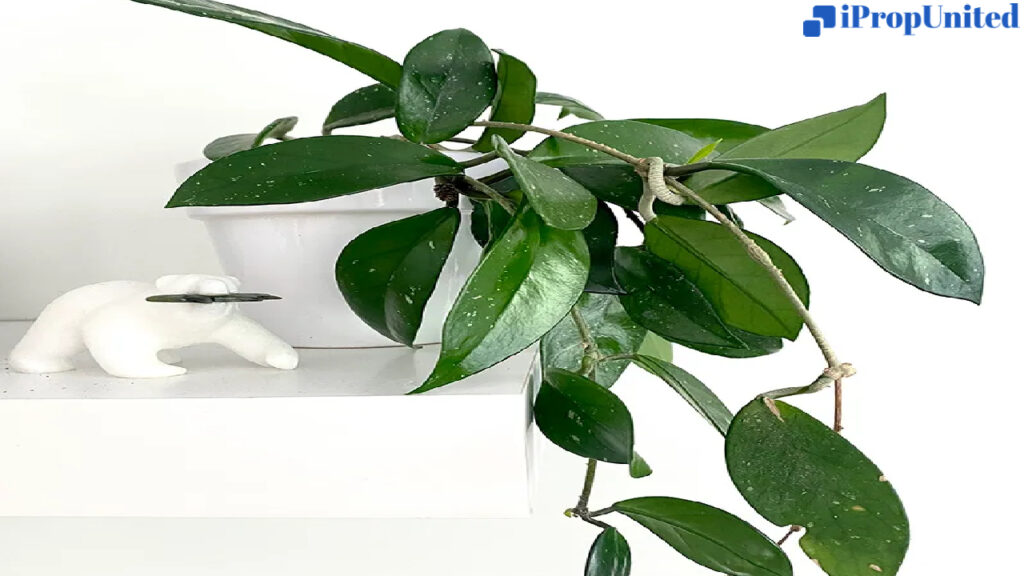
Water: Once a week
Pros & Cons
- Nontoxic to pets
- Thrive in bright, indirect light
- Leaves tend to be sticky
Spider plant
Spider plants are super easy to grow and that’s why everyone loves having them at home. Just put them in a room with enough light and where it’s not too hot or too cold. If you forget to water them, don’t worry, they can handle it. But it’s better to keep the soil slightly moist all the time. You can even use a spray bottle for that. And, good news for pet owners, spider plants are not harmful to cats or dogs, so they can nibble on them whenever they want.
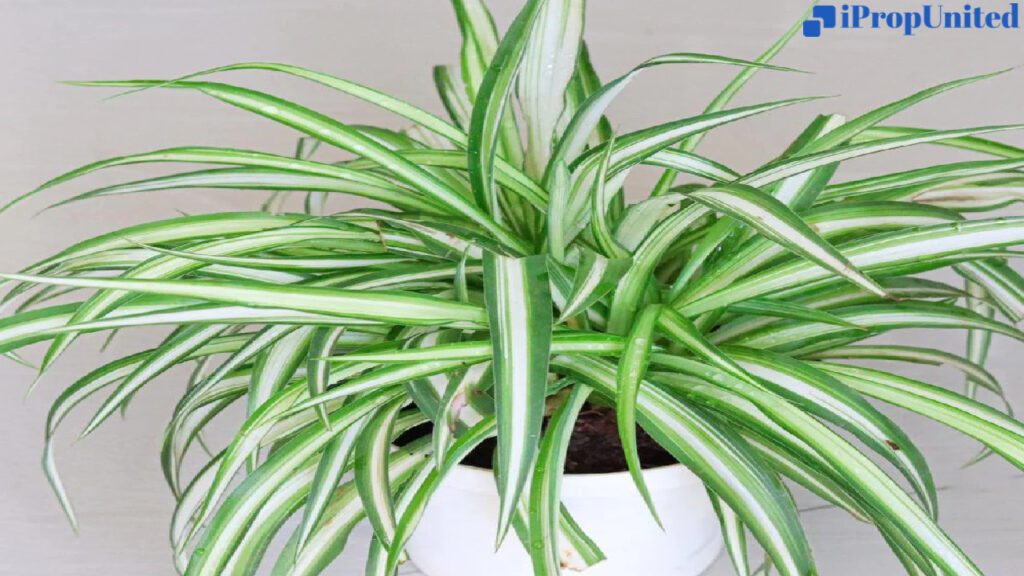
Water: Once a week
Pros & Cons
- Nontoxic to pets
- Thrive in bright to moderate indirect sunlight
- Soil needs to be kept moist
As we wrap up our exploration of the vibrant world of low-light indoor plants, it’s evident that cultivating a green oasis within your home is not only achievable but also rewarding. Navigating the realm of indoor gardening, especially for those with a history of unintentional plant casualties, can be a daunting task. However, fear not, as we’ve unveiled a selection of resilient green companions that thrive in the shadows and demand minimal attention.
Follow and Connect with us: Twitter, Facebook, Linkedin, Instagram







